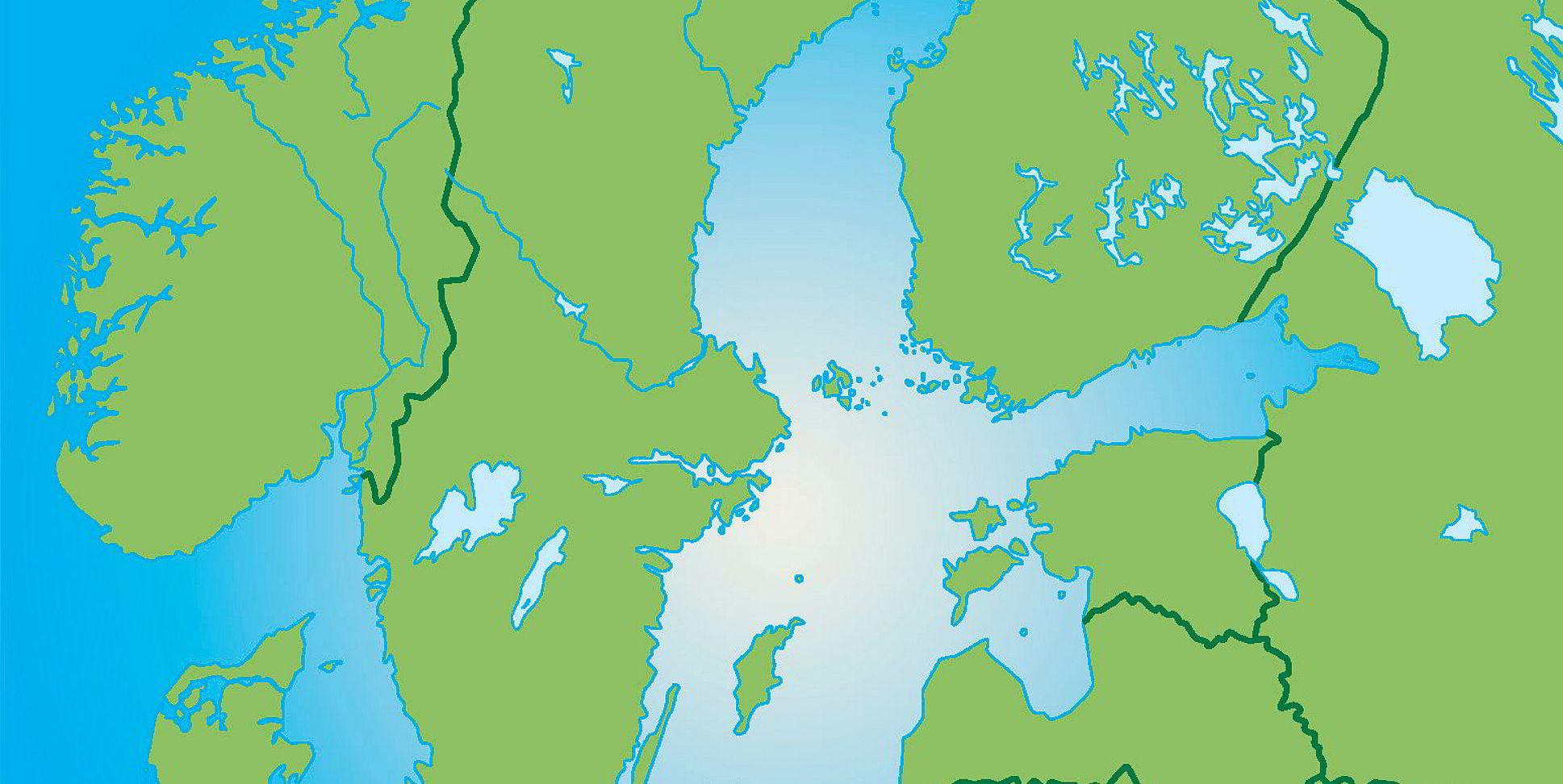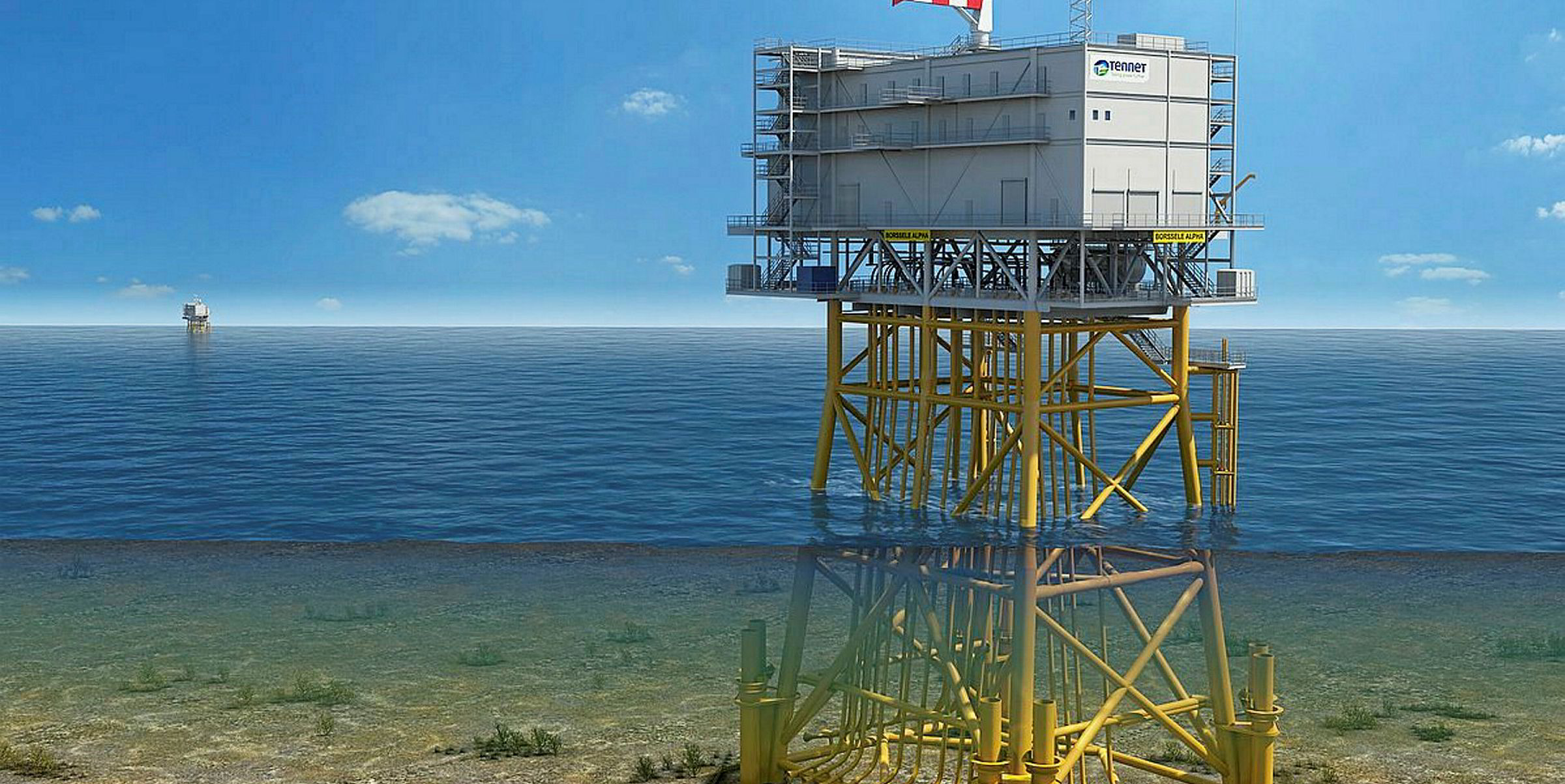The high-powered NordLink electricity trunkline connecting Norway to German across the North Sea is now flowing into the European electric grid.
Get the market insight you need into the global oil & gas industry's energy transition – from the new newsletter from Upstream and Recharge. Sign up here
Once in full operation next spring, the 1.4GW capacity high-voltage direct current (HVDC) interconnector, dubbed ‘Green Cable’, which stretches 623km across the seabed between the two countries, will supply 3.6 million households with power “exchanged” between the vast Norwegian hydro-dam network and Germany’s wind fleet.
“NordLink is a beacon project of the energy transition and an important step in the integration of renewable energies into the electricity market,” said Tim Meyerjürgens, COO of NordlLink operator TenneT, in a joint statement with project partners Statnett, the Norwegian TSO, and investment bank KfW.
“Today, we have directly connected the electricity markets of Norway and Germany for the first time. The Green Cable is calculated to be able to supply around 3.6 million households with climate-neutral energy.
“Norwegian hydropower and German wind energy complement each other in this system in an optimal way.”
Statnett EVP Gunnar Løvås said: “Our new interconnector is ready for energy exchange between our two countries. NordLink will help us achieve our climate goals and create value on both the Norwegian and German side of the cable.”
The system, which will have grid connection points at substations in Wilster West in Germany and Tonstad in Norway, will be run on latest capacity calculations from the two transmission system operators, the partners said, with the available capacity of the interconnector used “in the context of the European market coupling of the day ahead and intraday electricity trading markets”.
The price difference between Norway and Germany will determine the direction of the electricity flow in the Green Cable line.
“We [have] presented transparently how we calculate capacity, how it is offered to the market and what can be expected from NordLink in its first years of operation. We have also created a better understanding of the challenges facing transmission system operators, countries and markets when major new interconnectors come on stream,” said Meyerjürgens.
NordLink will make it possible to use hydropower reservoirs in Norway as a form of ‘energy storage’ charged up by electricity imported from Germany’s wind farms, particularly at times of ‘surplus’ production, with the Nordic country’s hydro dams releasing stored energy into the European grid during consumption peaks or when renewable energy output in Germany is lower.




